How To Photograph Large Animals
Something I hear about quite a bit, not only out on safari but in general is – ‘’I find it hard to photograph the larger animals, they are so dull and dark’’. This is understandable, especially if trying to photograph elephants, rhinos and buffalo.
There are a number of reasons that make it so tricky. Firstly, the size – depending on gear and the area the animal is situated in, it can be difficult to showcase your subject. It maybe be because of the zoom lens or possibly that the animal is in dense vegetation and you are unable to capture the scene effectively.
Secondly, the colour – looking at the larger animals they don’t offer any vibrance or striking colour which makes it very difficult at times to create a powerful image.
Thirdly, unlike other animals that offer a lot in terms of playfulness, territorial patrols (which allow for plentiful walk by opportunities) and other fast moving actions which build excitement.
So how do we combat this? Well we have to move out of our comfort zone and think outside the box.
Have you ever taken a moment to think - why you are picking up your camera? What image are you trying to capture? This may sound silly but goes a long way to creating and building an image. You can tell just by looking at an image, who has put some thought into what they are trying to capture and who hasn’t.
Below I have created 4 different things to look out for when you find yourself in a sighting with some of the larger animals. There is always a photographic opportunity, you just need the tools and knowledge to identify them.
Recognize Key Moments
When I pick up my camera, I am always thinking about - what caught my eye, why do I want to take a picture and how can I highlight or bring out my subject. The important thing to remember, is never to force an image, you cannot capture a moment that is not there. Being able to recognize key moments goes a long way to helping your photography and creating a mood or emotion through a still image. Moments to look out for are - animals in groups such as herds of elephant, a crash of rhinos or a herd of buffalo, the reason I say this is that there are generally a lot of small key moments within the herd and between members, such as a mother and calf, young males testing each others strength or perhaps some reassuring behavior.
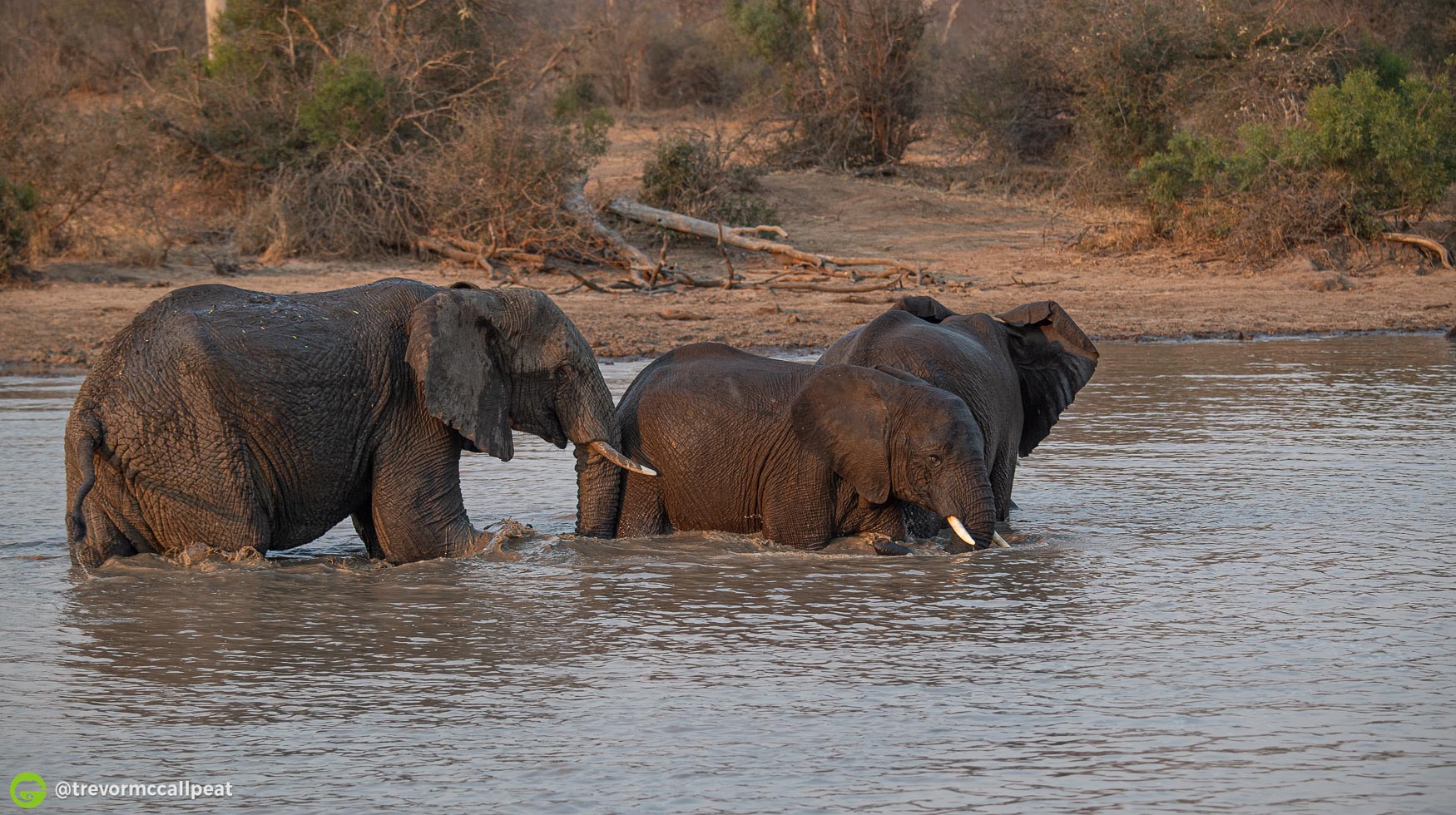
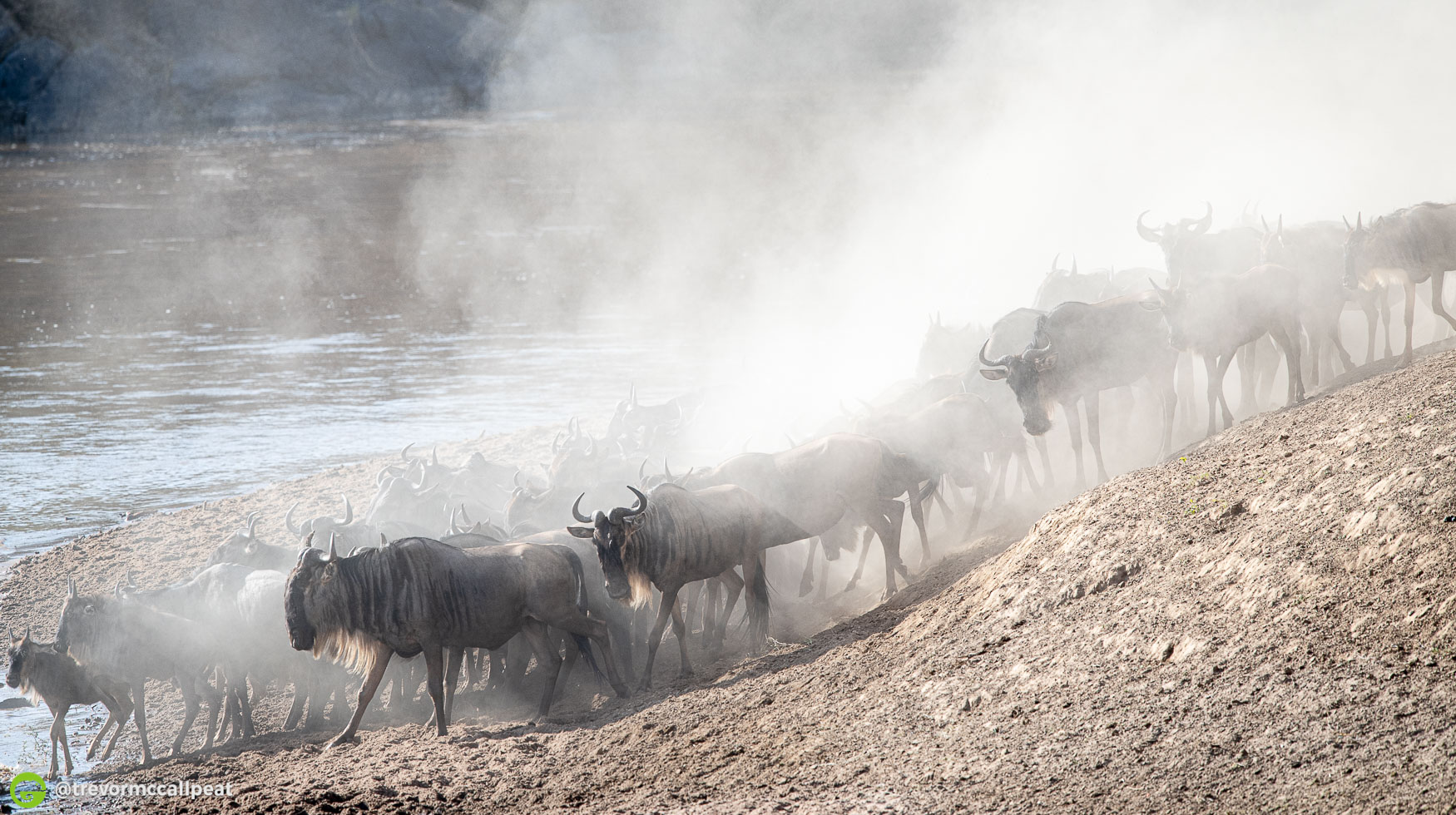
Capture The Scene
This depends on the gear that you have and area that you may be in, obviously with a large zoom lens in thicker areas and a close subject, you will struggle to capture the scene, but having a wide angle lens increases the possibility. In some cases its not all about your subject, it is about the entire scene that is in front of you and its about capturing that scene in the best way possible to showcase what you are looking at. What you will find is that by doing this it often enhances your subject and creates a great mood throughout the image. If you constantly take close ups of animals (there is always a time and a place for this) it can sometimes detract from the image. The beauty of capturing the entire scene and your subject in its natural environment you are showing off not only your subject but also showcasing the area that the image was taken. With such a variety of wilderness areas to visit, they are all unique and this should be used to your advantage when creating a variety filled portfolio.
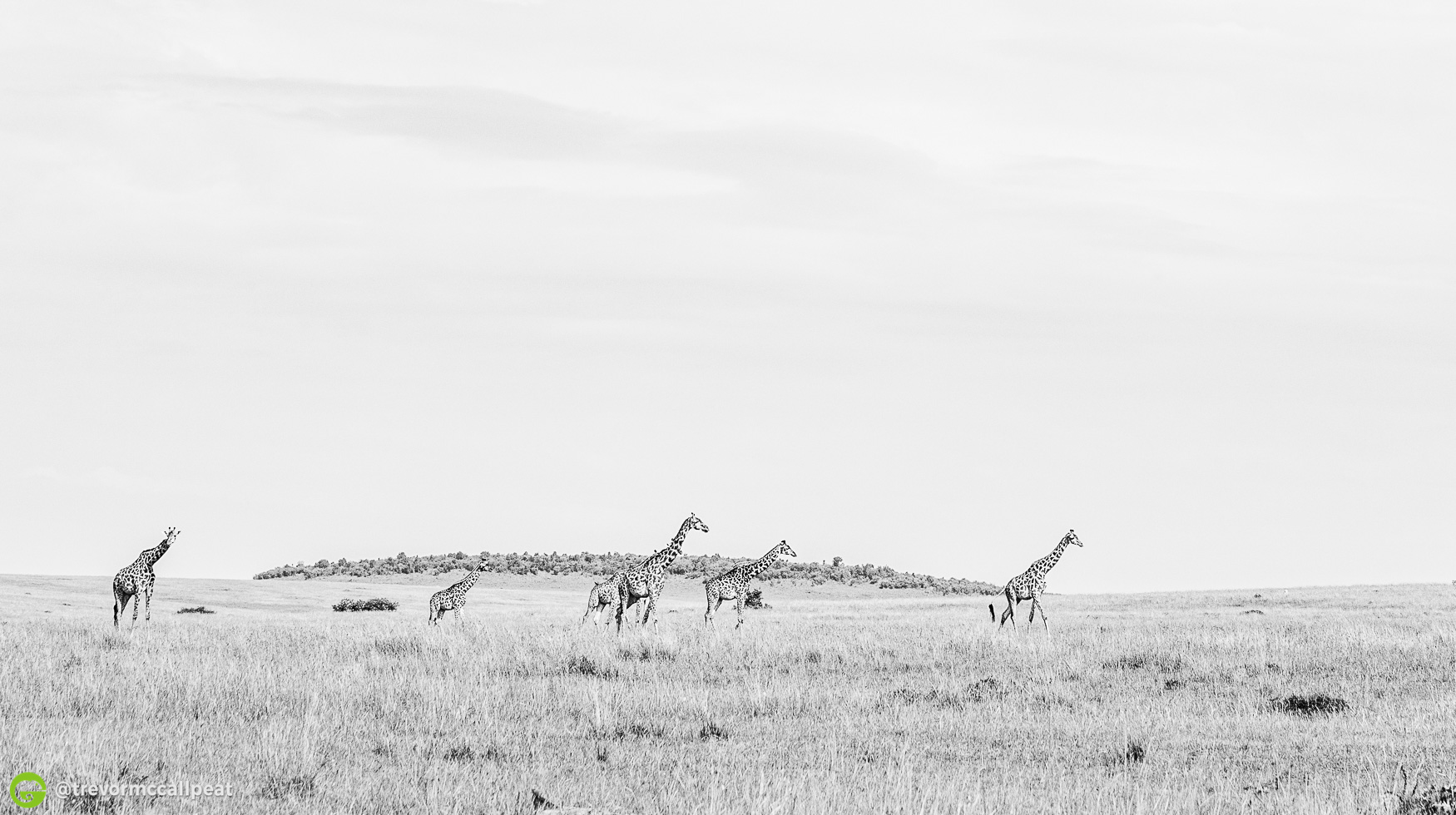
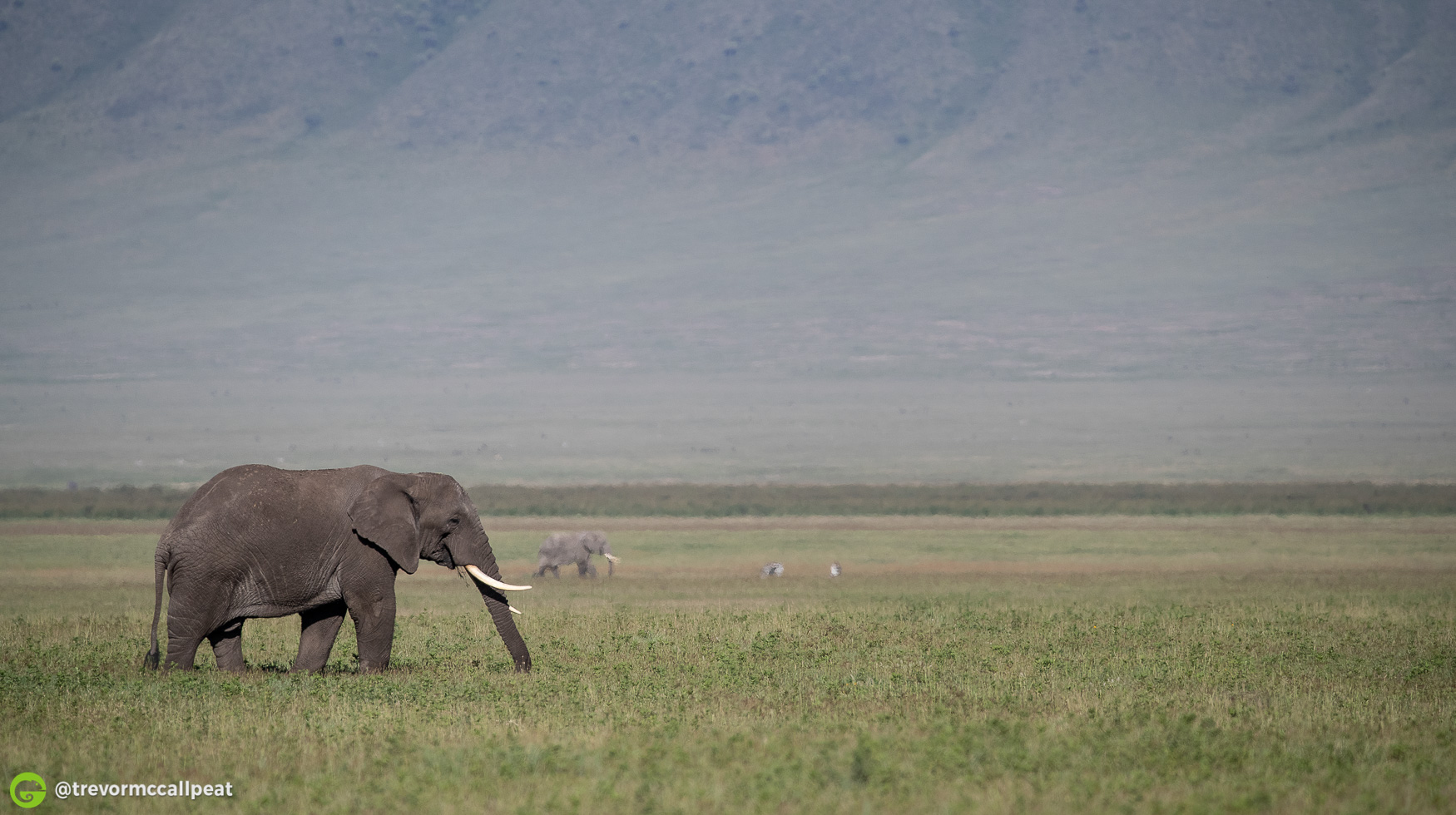
Capture Their Natural Behaviour
Animals that are doing something are always easier to photograph than animals that may be sleeping or stationary. Larger animals such as elephants are great subject to photograph because unlike other animals such as lioness and leopards that sleep majority of the time, elephants move around and feed for up to 20 hours a day. Just watching their behavior as they go about their daily business is great. Especially with the larger animals their are a variety things to look out for that are good photographic opportunities such as, dust bathing, wallowing, swimming (especially on really warm days) and in general - feeding.
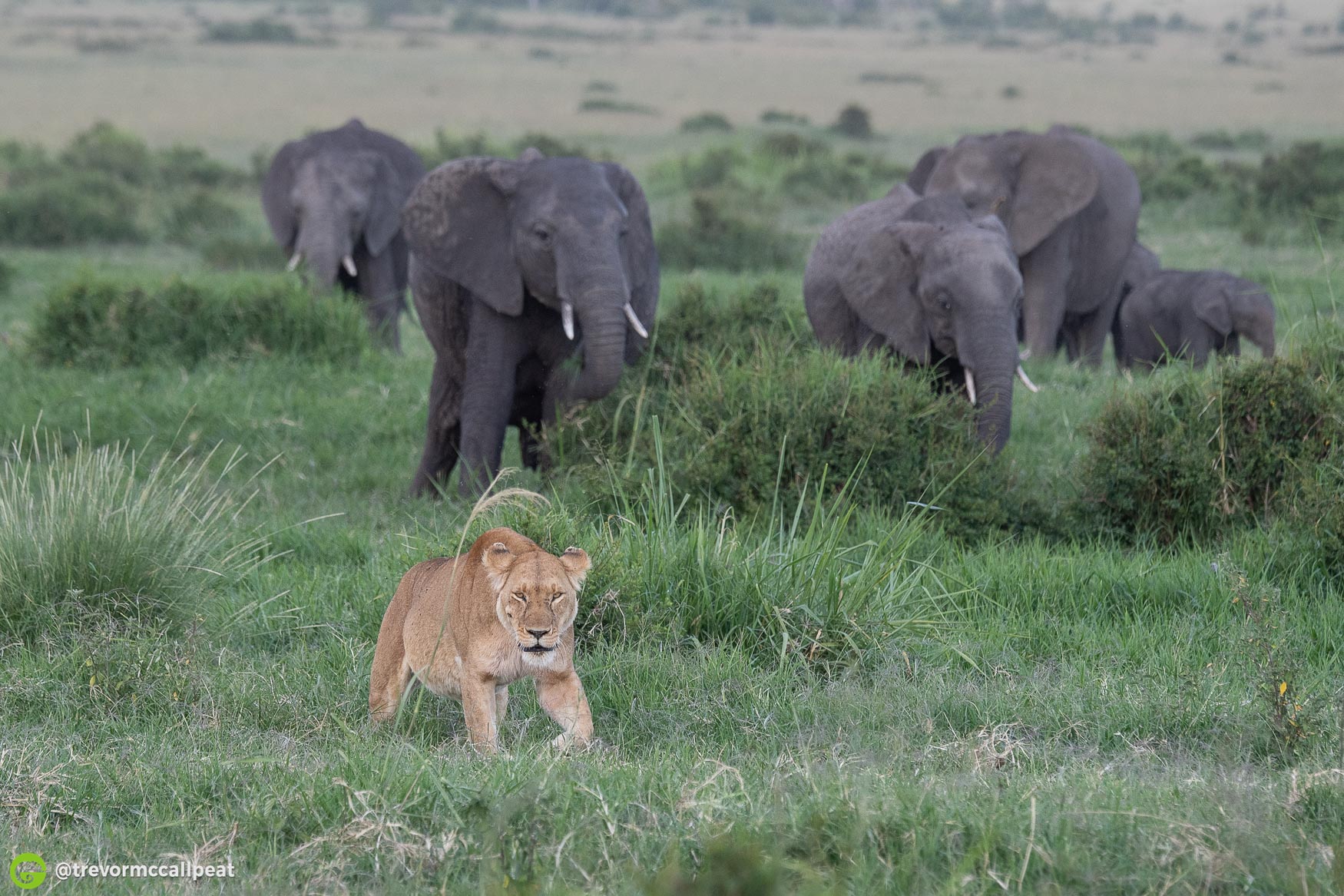
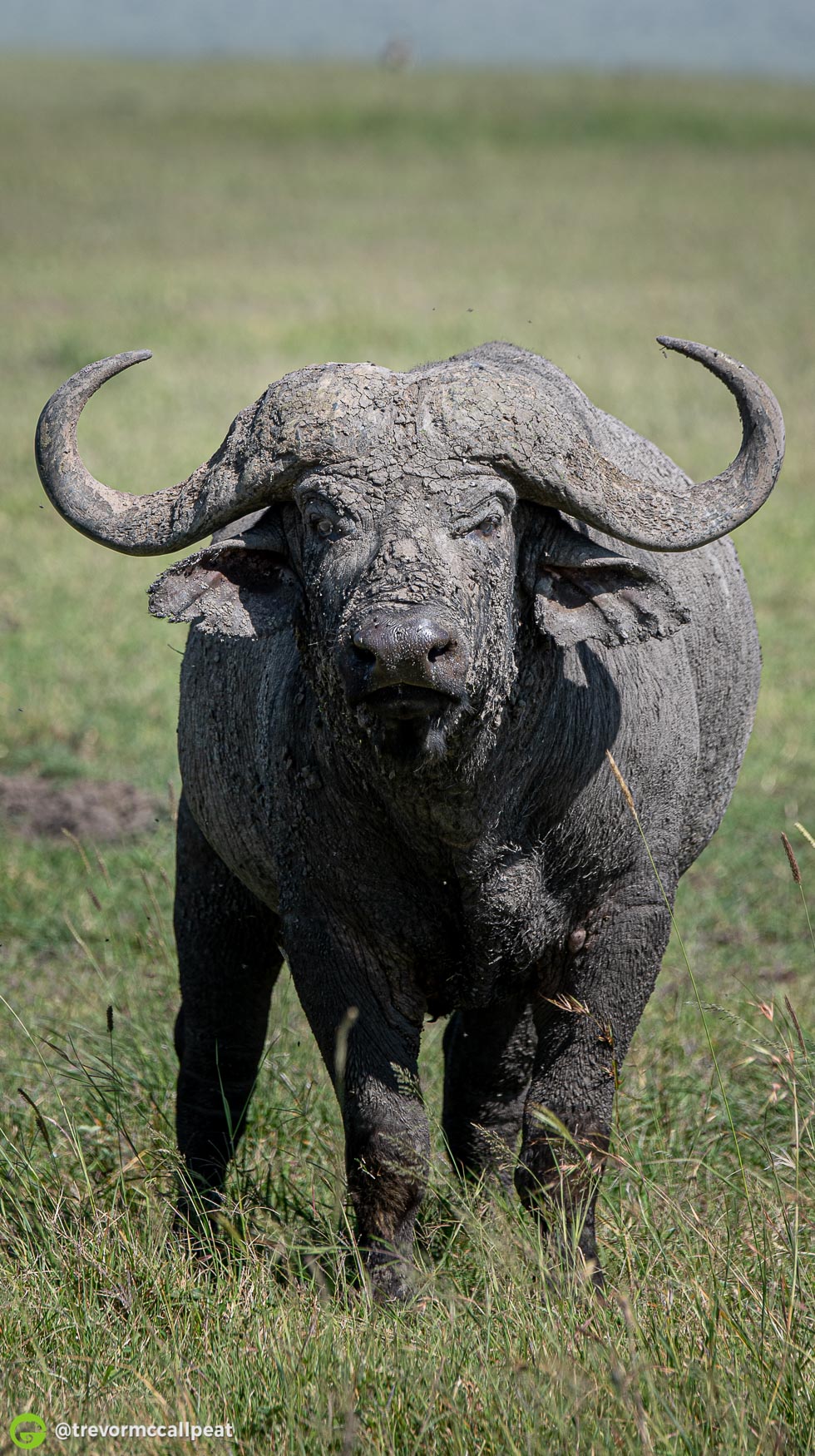
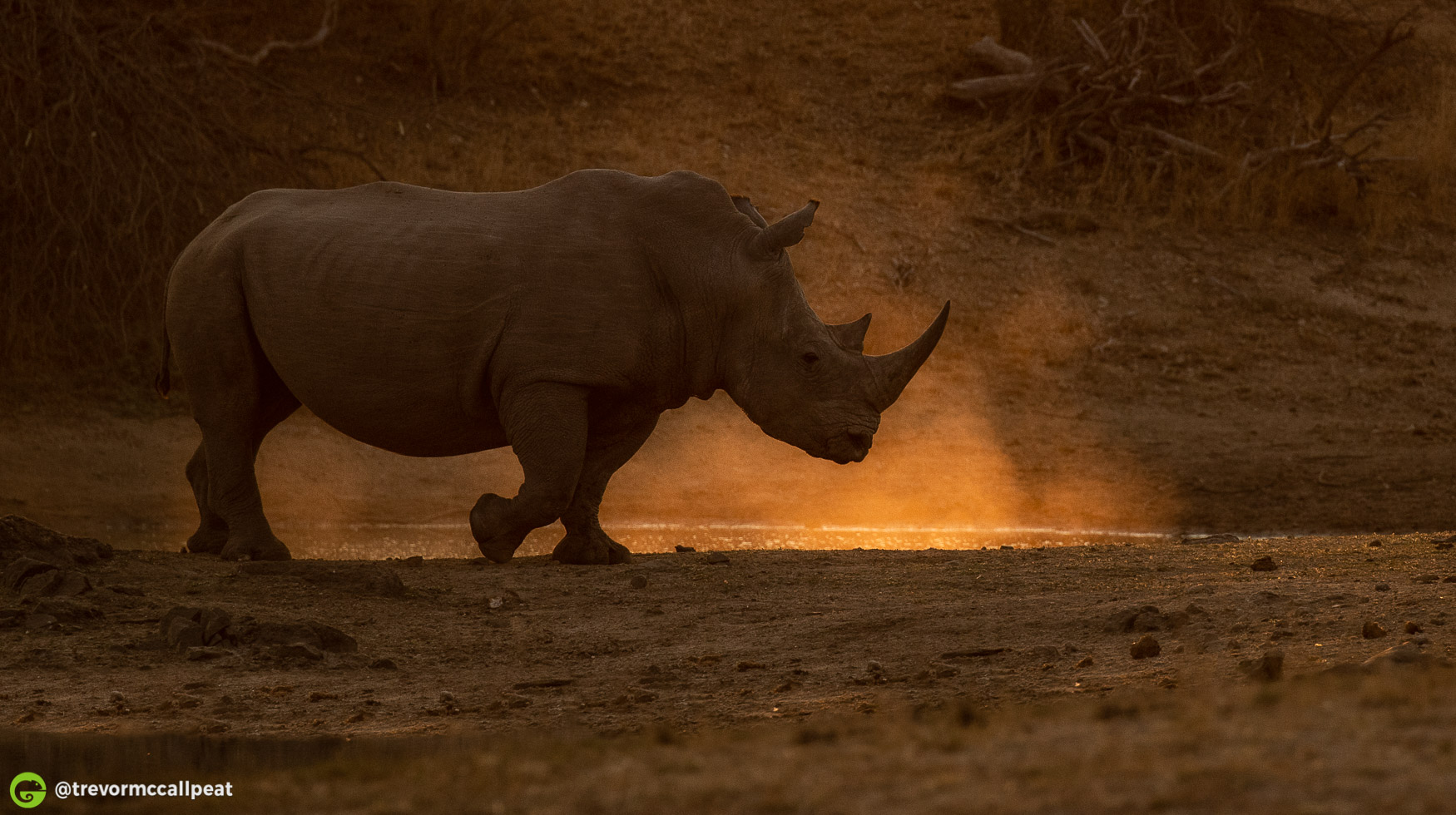
Be Creative
What do I mean by - Be Creative?
When you find yourself close up and personal with these large animals, it is a great opportunity to look for different opportunities. Close ups of the animals eyes, use contrasting light to enhance the image and especially with all these large great and dark animals, black and white conversions also tend to add an extra element to the subject and create a whole different feel to the end image.
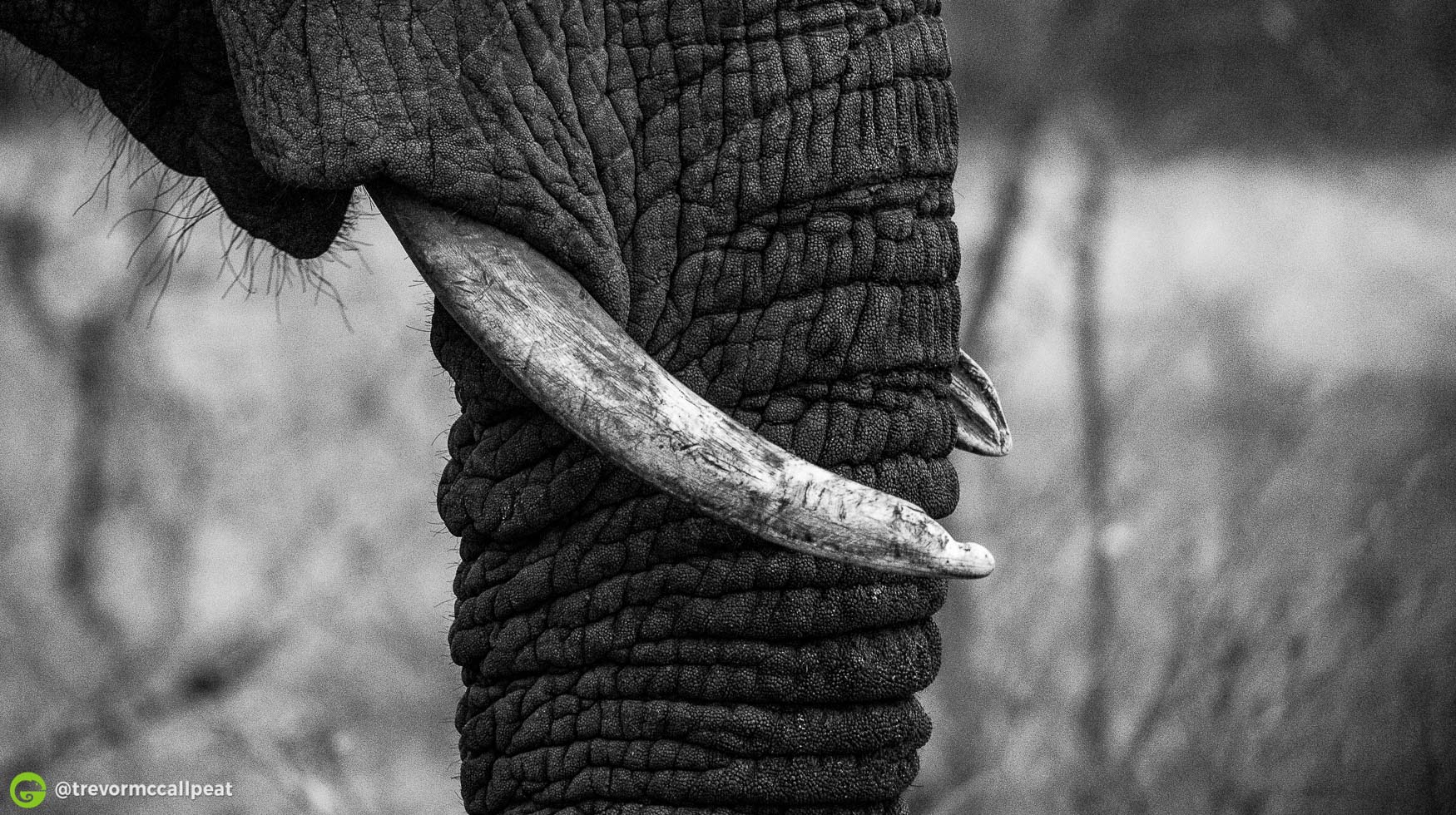

I hope that you all found this useful and that next time you out in the field you can enjoy a few of the above techniques and have fun with it.
Until next time,
Trevor
